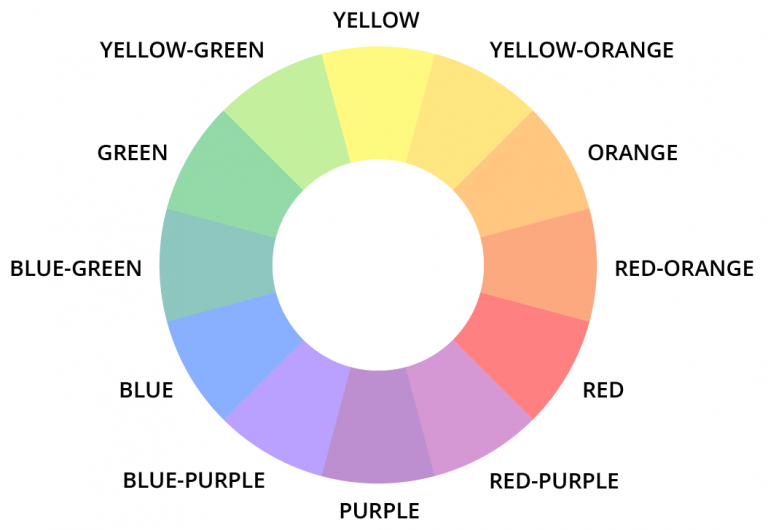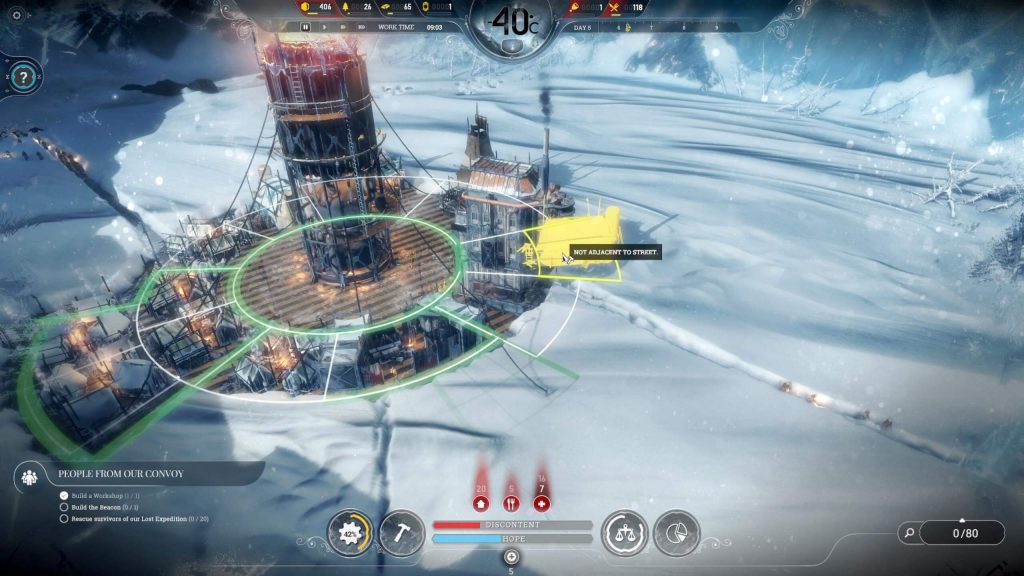Glossary
Here is a glossary of terminology used on this website.
T
Tab
Relevant to output system.
A graphical element that creates a window encompassing associated elements.
Tactic
Relevant to gameplay.
A planned way to achieve a specific result, which is part of the overall strategy.
Superior tactic
Relevant to gameplay.
A tactic that surpasses all others.
Tactile feedback
Relevant to output system.
It refers to surface-level sensations like vibrations or pulses—often used in game controllers to simulate things like footsteps or gunfire. Like force feedback, it enhances the player’s sense of immersion and realism.
Target
Relevant to gameplay.
An object, character, or place that is targeted and fired at.
Target audience
Relevant to business.
The specific group of individuals for whom a game is intended or designed.
Task
Relevant to gameplay.
The work that needs to be done.
Teamkilling
Relevant to gameplay.
A method of participating in a game in which the player removes other players from their own team.
Teammate
Relevant to gameplay.
A player who is a member of the same team.
Technology
Relevant to development.
A software framework specifically designed for the development of games, such as a game engine.
Temperature scale
Relevant to output system.
A method to quantify temperature in relation to a unit of measurement and a starting point, for instance:
- Celsius (°C).
- Fahrenheit (°F).
Template
Relevant to development.
Something that is used for producing other similar things, such as a document.
Text
Diegetic text
Relevant to output system.
Text that is present within the game’s world and is perceived by the characters, such as a wall with some written text on it.
Text block
Relevant to output system.
A graphical element that displays text.
Text box
Relevant to output system.
A graphical element that enables players to input text.
Texture
Relevant to level design.
A two-dimensional image utilized as a component of a material applied to a visual asset.
Texture atlas
Relevant to level design.
See Sprite sheet.
Texture filtering
Relevant to output system.
A technique employed to enhance the smoothness of a 3D asset.
Theme
Relevant to story.
The main subject of a game. For example:
- Aliens.
- City Building.
- Cyberpunk.
- Fantasy.
- Christmas.
- Mythology.
- Post Apocalypse.
- Science Fiction.
- Steampunk.
- Wild West.
- World War II.
- Zombies.
Throttle
Relevant to control system.
An input device used to control the throttle setting of an aircraft within a flight simulator software.
Throttle quadrant
Relevant to control system.
An input device used to control the throttle setting of an aircraft within a flight simulator software.
Thumbstick
Relevant to control system.
A small stick located on a gamepad that can be controlled using the thumb.
Time attack event
Relevant to gameplay.
An event type in which participants are required to surpass the current fastest lap record. The individual who achieves the highest lap time is declared the victor.
Tint
Relevant to output system.
Any hue that is tinted solely with white, resulting in a pastel appearance.
Twelve hues mixed with 50 percent white.
Tone of voice
Relevant to output system.
The way a character speaks. For example:
- Aggressive.
- Assertive.
- Formal.
- Friendly.
- Informal.
- Motivating.
- Soft.
Tooltip
Relevant to output system.
A graphical element that presents text in close proximity to the corresponding element, upon which the player moves his cursor.
A tooltip in Frostpunk.
Credit: 11 bit studios S.A.. Screenshot captured by the author.
Touchscreen
Relevant to control system.
An input device that enables the player to interact with a gaming platform by using their finger, without the need to press buttons or manipulate sticks.
Traction control
Relevant to accessibility.
An assist mode that automatically prevents wheelspin on the player’s vehicle.
Transportation
Conventional transportation
Relevant to gameplay.
The act of moving goods or characters, which is not immediate, from one location to another, such as:
Ground movement: Walking, crawling, climbing, jumping, using elevators and escalators, driving vehicles, and riding animals or machines.
Aerial movement: Flying, free-falling, gliding, and parachuting.
Aquatic movement: Sailing, swimming, and diving.
Space movement: Using spacesuits and piloting spacecraft.
Private transportation
Relevant to gameplay.
Transportation that utilizes, for instance:
- Helicopter.
- Jet.
- Limousine.
- Yacht.
- Taxi.
- Camel.
- Elephant.
- Horse.
- Donkey.
- Oxen.
- Sled dog.
Public transport
Relevant to gameplay.
Transportation that utilizes, for instance:
- Cart.
- Train.
- Bus.
- Tram.
- Metro.
- Ailiner.
- Cruise vessel.
Traveling
Fast traveling
Relevant to gameplay.
A transportation system that allows the player character to be instantly teleported to a desired destination.
Trigger control
Relevant to accessibility.
The act of moving the trigger and firing a gun without disturbing the sights.
Tutorial
Relevant to learning process.
A tool that teaches the player about the game.
Twist
Typeface
Relevant to output system.
A collection of design elements for glyphs and sorts, such as the inclusion or absence of a serif, the balance and weight of the letters, the difference in height between uppercase and lowercase letters, and the spacing between them.
Here are a few examples of typefaces set in 25 point:
Arial
Roboto
Times New Roman


